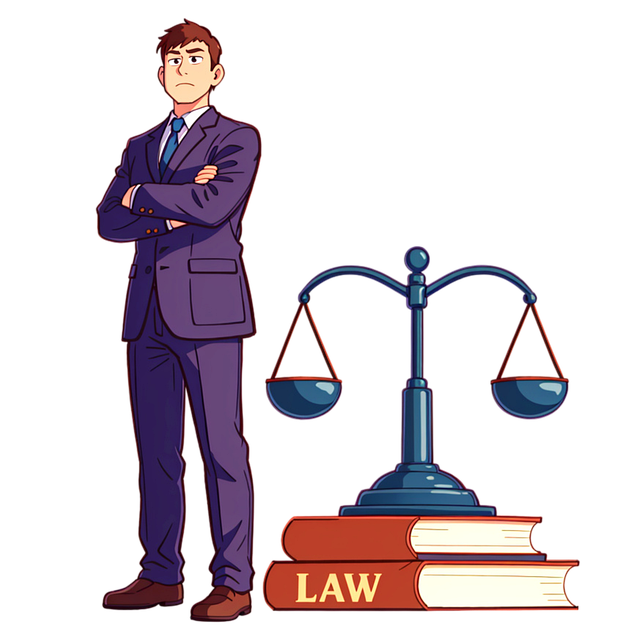Brain Injury Lawyer: Long-Term Care Planning & Legal Rights Explained

A brain injury, regardless of severity, significantly impacts daily independence, making understandi…….
In a world where the brain’s health and functionality are at the forefront of medical and legal concerns, the role of a brain injury lawyer has emerged as a critical component in seeking justice and compensation for victims of neurological trauma. This comprehensive article aims to dissect and explore the multifaceted nature of brain injury law, its global impact, and the intricate challenges it presents. By delving into various aspects, from historical foundations to future prospects, readers will gain an in-depth understanding of how legal professionals navigate this complex landscape to advocate for individuals affected by brain injuries.
Definition:
A brain injury lawyer is a legal practitioner specialized in representing clients who have suffered damage to their brain due to various causes such as accidents, medical malpractice, or traumatic events. These lawyers focus on navigating the intricate web of personal injury laws and advocating for individuals’ rights to fair compensation and quality healthcare.
Core Components:
Historical Context:
The concept of brain injury law has evolved over centuries, reflecting societal changes in understanding and addressing neurological disorders. Historically, legal systems struggled to recognize and compensate victims of traumatic brain injuries (TBIs) due to a lack of scientific knowledge about their long-term effects. However, advancements in neuroscience and increasing public awareness have led to more stringent laws and greater recognition of brain injury victims’ rights.
Significance:
In today’s world, where brain injuries are prevalent and often result in significant physical, cognitive, and emotional impairments, the role of a brain injury lawyer is pivotal. These legal professionals play a crucial role in:
The impact of brain injury law extends far beyond national borders, with key trends shaping its global trajectory:
Regional Analysis:
| Region | Key Trends | Challenges |
|---|---|---|
| North America | Strong advocacy groups and specialized law firms; advanced medical technology. | High cost of litigation; complex insurance systems. |
| Europe | Diverse legal systems with varying levels of brain injury legislation. | Language barriers in cross-border cases; lack of standardized guidelines. |
| Asia Pacific | Rapidly growing economy leading to more accidents, but limited specialized legal services. | Cultural barriers to discussing neurological injuries; underreporting due to stigma. |
| Middle East & Africa | Emerging legal frameworks, but limited resources and expertise. | Political instability affecting litigation; cultural norms hindering open discussion of TBIs. |
The economic aspects of brain injury law are multifaceted, impacting both the legal industry and broader economic systems:
Technology has played a transformative role in brain injury law, impacting every stage of the legal process:
The development of brain injury law is closely tied to policy and regulatory frameworks, which vary significantly across jurisdictions:
International Collaborations:
Given the global nature of many brain injury cases, international collaborations and agreements are essential. Organizations like the International Bar Association (IBA) work towards harmonizing legal principles and promoting best practices in cross-border litigation.
Brain injury law faces several challenges, criticisms, and ethical dilemmas that require continuous attention and innovative solutions:
Strategies for Overcoming Challenges:
In a US school district, a series of accidents involving playground equipment led to multiple brain injuries among children. A brain injury lawyer, representing several affected families, successfully argued that the school district was negligent in maintaining safe facilities. This case resulted in a landmark settlement and the implementation of stricter safety standards across the district, setting a precedent for holding educational institutions accountable.
Key Takeaways:
A Canadian citizen suffered a brain injury during a medical procedure in Europe. The lawyer faced the challenge of navigating complex cross-border legal systems and language barriers. Through strategic use of international legal agreements and expert witnesses, they secured a substantial settlement, demonstrating the importance of transcending jurisdictional boundaries in brain injury law.
Lessons Learned:
A major manufacturer of sports equipment faced numerous lawsuits related to head injuries in contact sports. Through a brain injury lawyer’s persistence, the company was held liable for failing to incorporate advanced safety features into their products. This case prompted the industry to innovate, leading to the development of better-designed protective gear, ultimately reducing the risk of TBIs.
Impact and Implications:
The future of brain injury law is filled with potential growth areas, emerging trends, and strategic considerations:
Brain injury law stands at a pivotal moment, balancing the complex demands of advocating for victims with the need for fair and efficient justice. As technology advances, societal norms evolve, and medical understanding deepens, the role of brain injury lawyers will remain indispensable. By embracing technological advancements, navigating policy landscapes, and addressing challenges head-on, these legal professionals can ensure that individuals affected by brain injuries receive the support, compensation, and care they rightfully deserve.
Q1: How do I know if I have a valid brain injury case?
A: A valid case typically involves an acute incident (e.g., accident or medical procedure) leading to a diagnosed brain injury with demonstrable physical or cognitive impairment. Consult a qualified brain injury lawyer who can assess your specific situation and provide guidance based on the applicable laws in your jurisdiction.
Q2: What is the process of filing a brain injury lawsuit?
A: The process involves several steps: (1) Investigating the incident and gathering evidence, (2) Identifying liable parties, (3) Preparing legal documents (complaint, demand letters), (4) Negotiation or litigation, (5) Court proceedings, and (6) Potential settlement or trial. Each step requires careful strategy and adherence to legal deadlines.
Q3: Can brain injury law help with long-term rehabilitation costs?
A: Absolutely! Brain injury lawyers fight for fair compensation that includes current and future medical expenses related to rehabilitation. This ensures individuals have access to the best possible care throughout their recovery journey.
Q4: How does technology impact brain injury litigation?
A: Technology streamlines case management, enables remote legal services, enhances evidence presentation (e.g., VR/AR), and facilitates expert witness testimony. It also presents challenges, such as ensuring data security and understanding the ethical implications of AI in decision-making processes.

A brain injury, regardless of severity, significantly impacts daily independence, making understandi…….

A brain injury lawyer plays a vital role in assessing long-term medical impacts, especially for trau…….

After a brain injury, individuals often face significant financial challenges, including medical car…….

A brain injury lawyer is indispensable in navigating complex legal deadlines for TBIs, which can imp…….

After a negligent brain injury, victims turn to specialized brain injury lawyers for guidance. These…….

Brain injuries, from concussions to traumatic brain injuries (TBIs), have significant cognitive, emo…….

TL;DR: Gathering comprehensive medical records, including hospital reports, scans, and treatment pla…….

Brain injury cases require specialized legal expertise due to their complexity and sensitivity. Expe…….

Brain injury lawsuits require specialized knowledge and expertise. A skilled brain injury lawyer nav…….